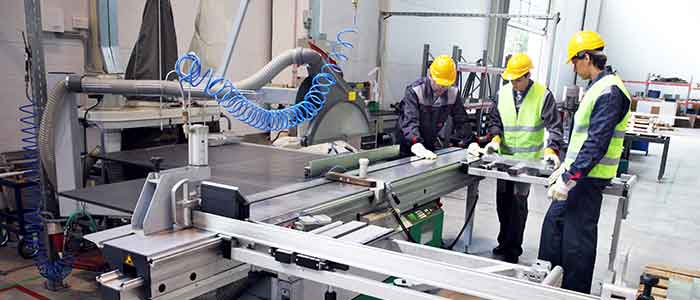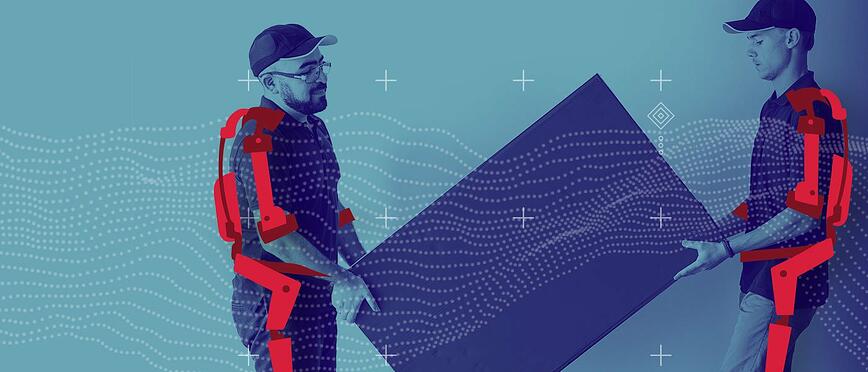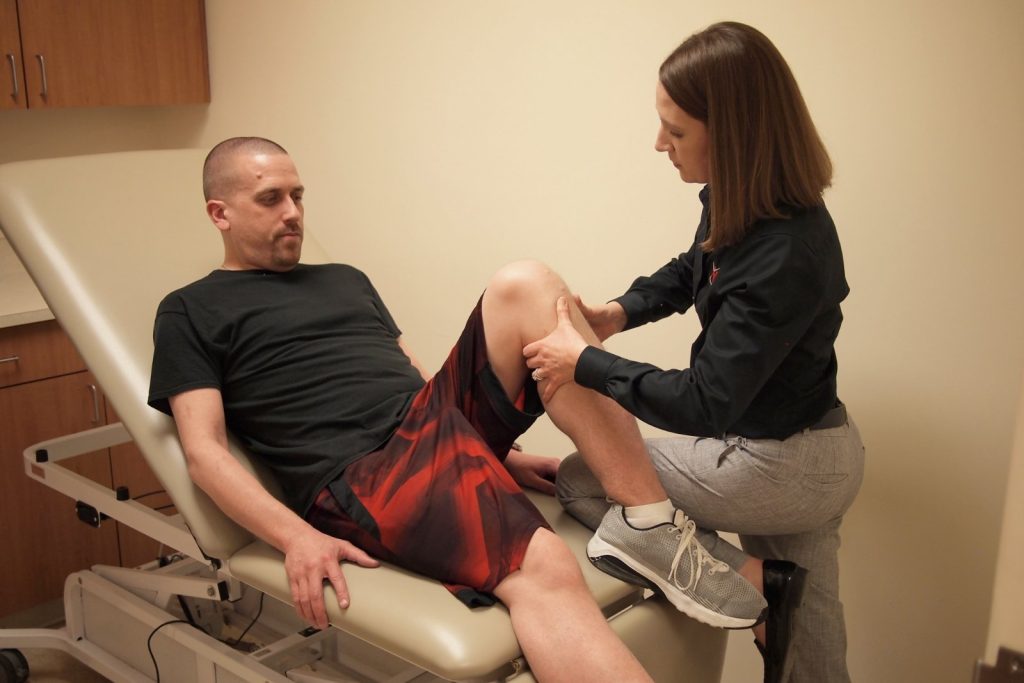Back in the 1980s and early ’90s, a Fortune 500 company had a problem it was only just becoming aware of. Currently ranked near the top of Forbes’ 2017 list of the World’s Most Reputable Companies, the international manufacturing giant began raising awareness among its employees and middle management about ergonomics, in order to evaluate and make improvements based on growing concerns from employees around work-related musculoskeletal disorders (WMSDs). The company took the issue so seriously it embarked on a long-term ergonomics program in the early 1990s. According to a case study reported by Larson and Wick, the company’s strategy began by assessing and implementing unique ergonomic solutions to individual problems. Expanding to participatory ergonomics The corporation hired additional ergonomists and expanded the ergonomics program which included technical training deployed to all their U.S. manufacturing locations. “The expanded program had clearly defined expectations regarding ergonomics for each [location] and a formal ergonomics program and ergonomics teams were established.” (Larson & Wick) During this period “costs and benefits were based upon reductions in workers compensation claims” and “technical expertise was provided by [a] corporate ergonomics staff.” Soon the participatory program began to deliver results. “Between 1990 and 2000, OSHA ergonomics recordable injuries were reduced by over 70%, and lost-time cases reduced by 50%.” (Larson & Wick) When the company shifted to a macroergonomic approach in 2000, the wins only increased Hear how that shift added value to both the company’s internal and external stakeholders in our next post.
From Non-Systems Based to Macroergonomics: A Case Study





